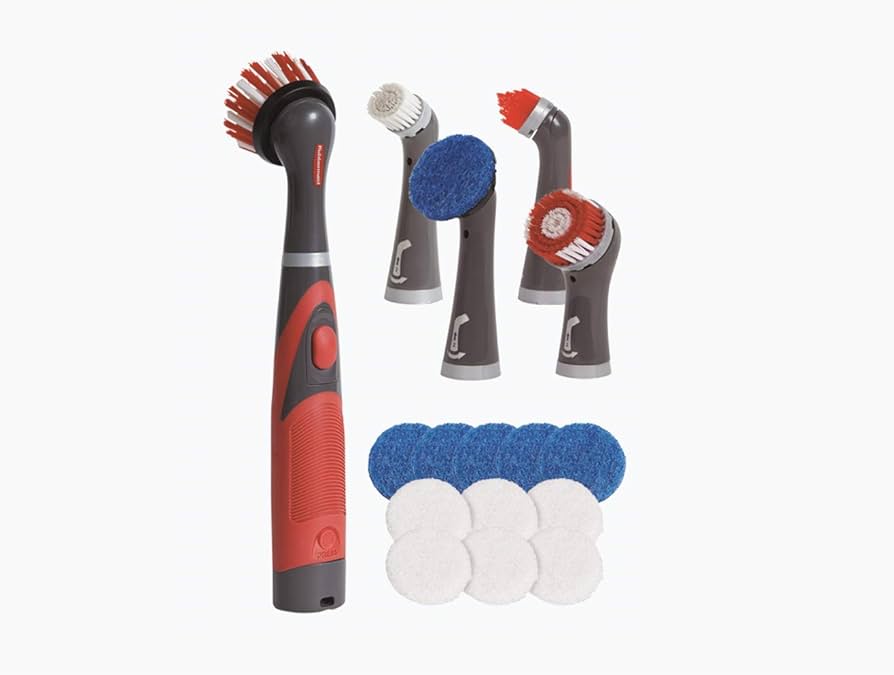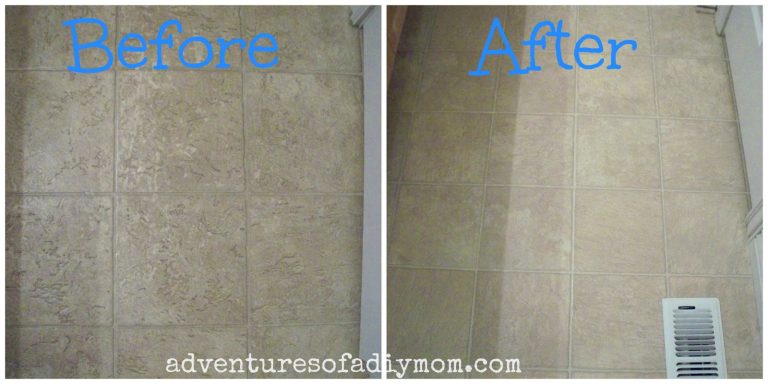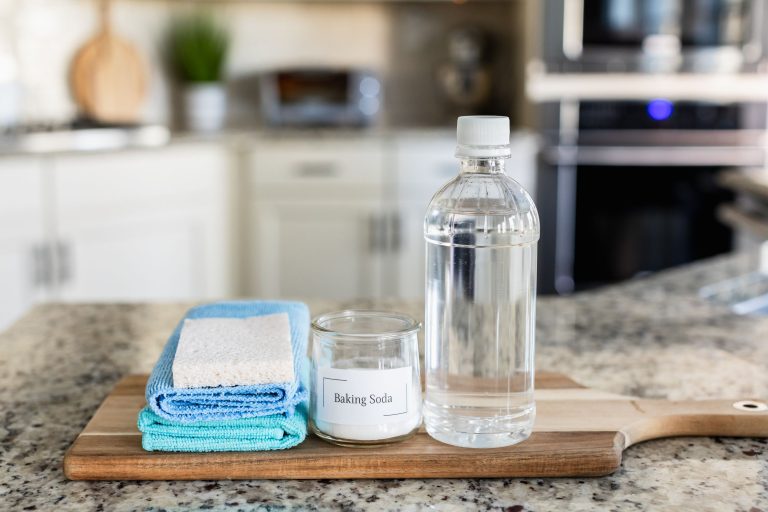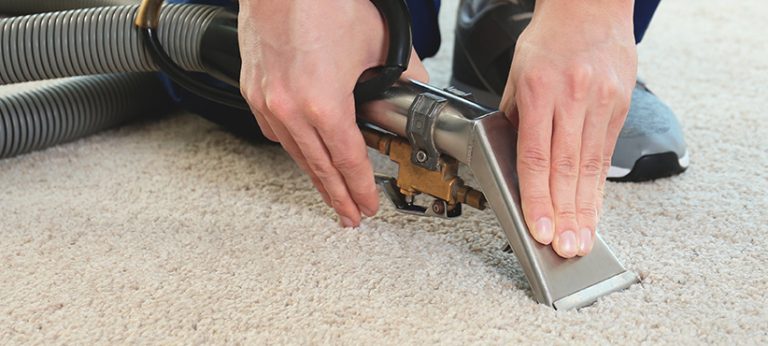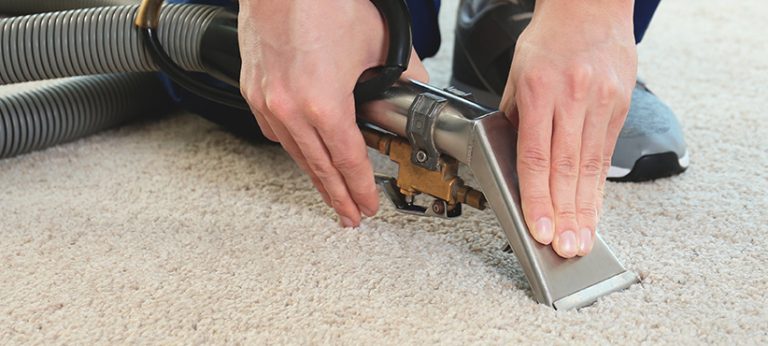How to Deep Clean Kitchen Floor Tile Grout: Effective Methods Revealed
To clean kitchen floor tile grout, mix equal parts water and vinegar, apply the solution to the grout, scrub with a brush, and rinse with water. In addition, you can also use a baking soda paste or commercial grout cleaner for stubborn stains.
Regular maintenance and cleaning will keep your kitchen floor tile grout looking fresh and clean. Having a clean kitchen floor not only improves the appearance of your space but also prevents the growth of mold and mildew. With a few simple steps, you can maintain the cleanliness and longevity of your kitchen floor tile grout.
Understanding Grime Buildup In Kitchen Floor Tile Grout
Grime accumulation in kitchen floor tile grout can be a common issue due to spills, food particles, and grease. Regular maintenance is crucial to prevent discoloration and mildew growth. Using a mixture of baking soda and water or a commercial grout cleaner can help keep the grout looking fresh and clean.
Keeping your kitchen floor tile grout clean is essential for maintaining a hygienic and visually appealing space. Grime buildup in the grout lines can be a common problem, causing your once pristine floors to look dull and unattractive. Understanding why grime accumulates in kitchen floor tile grout is the first step towards effectively cleaning and preventing it.
Common Causes Of Grime Buildup
Grime buildup in kitchen floor tile grout can be attributed to several common causes:
- 1. Spills and Splatters: Food and beverage spills, such as sauces, juices, and oils, can seep into the porous grout lines, accumulating over time.
- 2. Foot Traffic: Regular foot traffic in the kitchen can lead to dirt, dust, and debris settling into the grout lines.
- 3. Improper Cleaning: Ineffective or infrequent cleaning routines can leave residue behind, which eventually builds up and creates grime in the grout.
Impact Of Grime Buildup On Hygiene
Grime buildup in kitchen floor tile grout not only affects the appearance of your floors but also has a significant impact on hygiene. Here are some reasons why it is important to address this issue:
- 1. Bacterial Growth: Grime provides the perfect environment for bacteria to thrive, posing a potential health risk to you and your family.
- 2. Odor Development: Over time, accumulated grime can emit unpleasant odors, making your kitchen an uninviting space.
- 3. Difficulties in Cleaning: As time goes on, grime buildup becomes more stubborn and harder to remove, requiring more effort to deep clean the grout.
By understanding the common causes of grime buildup and its impact on hygiene, you can take proactive steps to keep your kitchen floor tile grout clean and maintain a healthy environment for your family.

Credit: www.luce.sg
Preparation For Deep Cleaning
Keeping your kitchen floor tile grout clean is essential for maintaining a healthy and hygienic environment. Preparation for deep cleaning is an important step that cannot be overlooked. By properly preparing for the task, you will ensure a more effective and efficient cleaning process. Let’s take a look at the necessary steps you need to follow to get your kitchen floor tile grout sparkling clean.
Gathering Essential Cleaning Supplies
Before you begin the deep cleaning process, it’s vital to gather all the necessary cleaning supplies. Having everything at hand will save you time and prevent interruptions during the cleaning process. Here are the essential cleaning supplies you will need:
| Supplies | Description |
|---|---|
| Mild detergent | Choose a detergent specifically formulated for cleaning grout. |
| Baking soda | A natural cleaning agent that is effective in removing stains and grime. |
| Vinegar | A natural disinfectant that helps to break down dirt and grime. |
| Toothbrush or grout brush | Used to scrub and agitate the grout lines. |
| Microfiber cloth or mop | For wiping and drying the grout after cleaning. |
| Bucket | To mix the cleaning solution and hold water for rinsing. |
| Protective gloves | To protect your hands from harsh cleaning chemicals. |
Precautionary Measures
Deep cleaning the kitchen floor tile grout requires caution and certain precautionary measures to ensure safety and avoid potential damage. Follow these precautionary measures:
- Read and follow product instructions: It is essential to carefully read and follow the instructions provided on the cleaning products you are using to avoid any mishaps.
- Ventilate the area: Ensure proper ventilation by opening windows or turning on fans to prevent inhaling fumes from the cleaning agents.
- Wear protective gear: Protect yourself by wearing gloves to avoid skin irritation and any potential chemical contact.
- Test cleaning solution: Before applying the cleaning solution to the entire grout area, test it on a small inconspicuous spot to ensure it doesn’t cause any damage or discoloration.
- Avoid using abrasive tools: While scrubbing the grout, refrain from using abrasive tools that may scratch or damage the tiles.
By gathering the necessary cleaning supplies and following the precautionary measures, you are now ready to delve into the deep cleaning process of your kitchen floor tile grout. Stay tuned for the next steps to achieve spotless grout and give your kitchen a fresh and clean look.
Effective Methods For Deep Cleaning Kitchen Floor Tile Grout
The kitchen floor tile grout can be a magnet for dirt, grime, and stubborn stains, making it a challenging area to keep clean. However, with the right methods, you can effectively deep clean the grout, leaving your kitchen floor looking fresh and rejuvenated. Here are some tried and tested techniques for deep cleaning kitchen floor tile grout:
Traditional Scrubbing With Baking Soda And Vinegar
One of the most effective and eco-friendly ways to deep clean kitchen floor tile grout is by using a combination of baking soda and vinegar. Create a paste with equal parts baking soda and water, then apply it to the grout lines. Let it sit for 5-10 minutes to penetrate and loosen the dirt. Next, mix equal parts vinegar and water in a spray bottle and spritz it onto the baking soda paste. The chemical reaction will cause the solution to bubble and fizz, helping to lift off tough grime and stains. Use a scrub brush to agitate the grout and then rinse with water to reveal clean, refreshed grout lines.
Utilizing Steam Cleaners
Steam cleaners are a powerful tool for deep cleaning kitchen floor tile grout. The high-temperature steam can effectively loosen and lift dirt and grime from the grout lines, without the need for harsh chemicals. Simply fill the steam cleaner with water, allow it to heat up, and then run the nozzle along the grout lines. The steam will penetrate the pores of the grout, breaking apart stubborn stains and leaving the grout looking like new. It’s a quick and efficient method for deep cleaning grout with minimal effort.
Chemical Cleaners For Stubborn Stains
For especially stubborn stains and deeply ingrained dirt, consider using chemical cleaners specifically formulated for grout cleaning. Look for products containing oxygen bleach, which is effective at lifting tough stains without causing damage to the grout. Follow the manufacturer’s instructions for application and allow the cleaner to sit on the grout for the recommended time to achieve optimal results. Afterward, rinse the area thoroughly to remove any residue and reveal clean, bright grout lines.
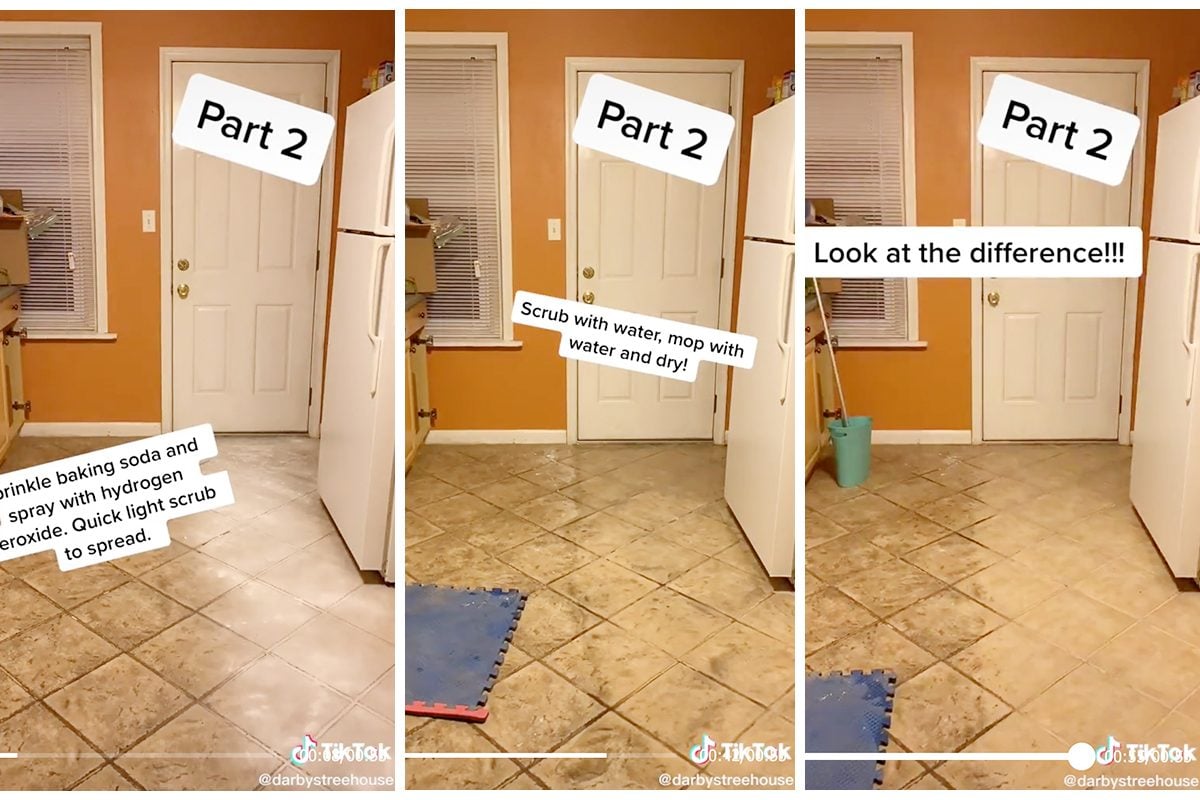
Credit: www.tasteofhome.com
Tips For Maintaining Clean Grout
Maintain clean grout on your kitchen floor tiles with these helpful tips. Keep your grout looking fresh and prevent stains by regularly cleaning and scrubbing with a gentle solution, like vinegar and water.
Regular Cleaning Schedule
Regular cleaning is key to maintaining clean grout in your kitchen floor tiles. Incorporating a cleaning schedule into your routine will help prevent dirt and grime buildup, keeping your grout looking fresh and hygienic. Here are a few tips to help you establish an effective cleaning routine:
- Start by sweeping or vacuuming your kitchen floor to remove any loose dirt or debris.
- Mix a solution of warm water and mild dish soap or a specially formulated grout cleaner.
- Using a soft-bristle brush or an old toothbrush, gently scrub the grout lines in a circular motion.
- Rinse the tiled floor with clean water to remove any leftover cleaning solution.
- Finally, dry the floor with a clean towel or allow it to air-dry completely.
By following this regular cleaning schedule, you will effectively prevent dirt and stains from setting into your grout, keeping it looking fresh and extending its lifespan.
Sealing Grout For Protection
Sealing your grout is another important maintenance step that helps protect it from staining and discoloration. Grout is porous, meaning it can absorb liquids and dirt over time. Applying a grout sealer creates a protective barrier that repels liquids and prevents stains from penetrating the surface.
Here’s a simple guide on how to seal your kitchen floor tile grout:
- Ensure your grout is clean and completely dry before applying the sealer.
- Choose a grout sealer suitable for your specific grout type (e.g., epoxy, cement-based, or sanded).
- Carefully read the manufacturer’s instructions on the sealer packaging for application guidelines.
- Using a small brush or an applicator bottle, apply the sealer evenly along the grout lines.
- Allow the sealer to penetrate the grout for the recommended time specified on the packaging.
- Wipe off any excess sealer from the tile surface using a clean cloth or sponge.
- Let the sealer dry completely before using the kitchen floor.
Sealing your grout every 6-12 months, or as recommended by the sealer manufacturer, will help maintain its appearance and prevent stains, making your cleaning routine more effective and efficient.
Professional Help And Services
While cleaning your kitchen floor tile grout may seem like a straightforward task, sometimes it requires the expertise of professionals to achieve the best results. Whether you have tried various cleaning methods without success or simply want to save time and effort, professional grout cleaning services can be a game-changer.
When To Seek Professional Assistance
There are certain situations where it’s advisable to seek professional assistance for cleaning your kitchen floor tile grout:
- Stubborn Stains: When stubborn stains refuse to budge despite your best efforts, it’s time to call in the experts. Professional cleaners have access to powerful tools and specialized cleaning agents that can effectively tackle these stubborn marks.
- Severe Grime Buildup: Over time, grime and dirt can accumulate on your grout, making it appear dull and discolored. Professional grout cleaning services provide intensive cleaning processes to remove this deep-seated dirt and restore your grout to its original shine.
- Mold and Mildew Growth: If you notice mold or mildew growth on your kitchen floor tile grout, it’s crucial to address the issue promptly. Professional cleaners have the knowledge and experience to not only remove the existing mold and mildew but also prevent their future growth.
Benefits Of Professional Grout Cleaning Services
Opting for professional grout cleaning services offers several benefits that make it worth considering:
- Deep Cleaning: Professional cleaners use specialized techniques and equipment to penetrate deeply into the grout, ensuring a thorough and effective cleaning. This helps eliminate dirt, stains, and bacteria that regular cleaning methods might miss.
- Time and Effort Saving: Cleaning grout can be a time-consuming and labor-intensive task. By hiring professionals, you can save valuable time and energy, allowing you to focus on other important aspects of your life.
- Enhanced Appearance: Professional grout cleaning not only removes dirt and stains but also rejuvenates the appearance of your kitchen floor tile. By restoring the grout to its original color and shine, your kitchen will look cleaner and more inviting.
- Prolonged Grout Lifespan: Regular professional cleaning helps extend the lifespan of your grout. By removing dirt and preventing further buildup, you can prevent premature deterioration and avoid costly repairs or replacements in the future.

Credit: www.amazon.com
Frequently Asked Questions For How To Clean Kitchen Floor Tile Grout
How Often Should I Clean My Kitchen Floor Tile Grout?
It is recommended to clean your kitchen floor tile grout at least once every few months to prevent buildup of dirt and grime. However, high-traffic areas may require more frequent cleaning to keep the grout looking its best.
What Is The Best Way To Clean Kitchen Floor Tile Grout?
To clean kitchen floor tile grout, mix equal parts of vinegar and water in a spray bottle. Spray the solution onto the grout lines and let it sit for a few minutes. Then, scrub the grout with a brush or toothbrush and rinse with clean water.
Repeat if necessary.
Can Baking Soda Be Used To Clean Kitchen Floor Tile Grout?
Yes, baking soda is an effective natural cleaner for kitchen floor tile grout. Mix baking soda with water to form a paste, then apply it to the grout lines. Scrub the grout gently with a brush or toothbrush, and rinse with clean water.
The baking soda will help remove dirt and brighten the grout.
Are There Any Commercial Grout Cleaners That Work Well?
Yes, there are several commercial grout cleaners available that work well in cleaning kitchen floor tile grout. Look for products that are specifically designed for grout cleaning and follow the instructions carefully. Remember to always test the cleaner on a small, inconspicuous area before applying it to the entire grouted area.
Conclusion
Maintaining clean kitchen floor tile grout is essential for a hygienic and visually appealing kitchen. By following the tips and techniques discussed in this blog post, you can effectively remove grime and dirt from your grout lines, keeping your kitchen floor looking its best.
Remember, regular cleaning and proper maintenance are the key to long-lasting grout cleanliness and overall kitchen hygiene.

